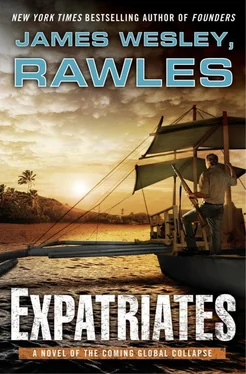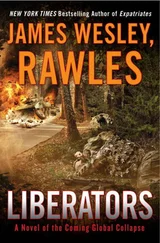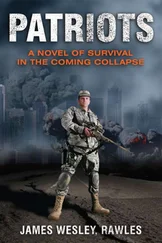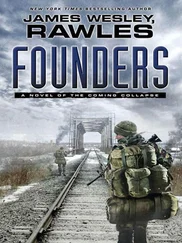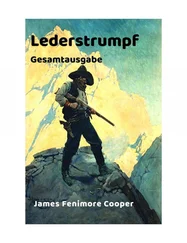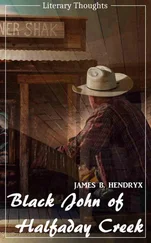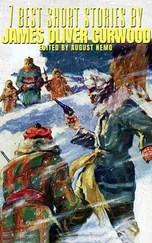There were also three daring nighttime “push” logistics runs to re-supply isolated units. These were just individual trucks from the FLBs, driven by soldiers wearing NVGs. Also in the cab was a navigator, who usually spent most of each run with a poncho draped over his head so the light from the GPS screens wouldn’t blind the driver. They intentionally left the infrared blackout light on the vehicles turned off, realizing that they could be spotted from a great distance by any night vision equipment. In Afghanistan, their IR lights had even proved vulnerable to detection by inexpensive consumer video cameras used by the Taliban. This combat lesson was still fresh in their minds.
The first Indonesian landings were conducted at night, but once they had large numbers of troops ashore, they began to feel confident and ran their landings twenty-four hours a day. For Caleb Burroughs and the men at his FLBs, an anxious waiting game began.
• • •
Nine days after the landings began, Site G had their first enemy contact. Word came from a concealed ridgeline observation post (OP) that was three kilometers to the southwest. The observer reported a possible dismounted Indonesian patrol advancing toward the FLB. A minute later, he radioed a follow-up: Based on their uniforms and weapons, they were definitely Indonesians—either army or marines. The FLB was quietly put on full alert. Their usually shunned Tiered Body Armour System bullet-resistant vests and helmets were enthusiastically donned, and the perimeter foxholes were all manned. Caleb Burroughs ran from foxhole to foxhole, imparting some strict rules of engagement. He hoped the FLB would go undetected and that the Indo patrol would pass them by.
As a civilian, Chuck Nolan felt redundant in this buzz of activity. He donned his Camelbak and boonie hat, picked up his rifle and approached Caleb. He said hurriedly, “I’m not really needed here. Everyone’s been trained and equipped to demo the whole site without my help. You know I’m a good runner, fast on a bike, and a good shot, so what do you say I go east of here and draw them off?”
Burroughs hesitated for just a moment before firmly ordering, “Go!”
Chuck didn’t waste any time. He cross-slung his rifle and jumped on his mountain bike. Pedaling furiously, he was out to Litchfield Park Road in less than a minute. Four more minutes of riding brought him to the base of a brushy hill that gave him a commanding view of the valley. He left the bike fifty yards into the jungle on the east slope of the hill and started to climb. In another few minutes he was atop the hill, lying prone and observing the eleven-man Indo infantry patrol through the scope on his Enfield. They were arrayed in a shallow V in fairly open ground. They were now just three hundred yards from the FLB’s southern perimeter. Chuck was nearly perpendicular to the patrol’s avenue of advance.
By their casual movements, Chuck could tell that they weren’t expecting contact. Even without military experience, he knew that if they were anticipating trouble, they would be using bounding maneuvers. This looked more like a nature hike—just a typical security patrol with only the precaution of the wide wedge formation. But he could also see that if they continued in their direction of advance, they would eventually impinge the west side of the FLB’s defensive donut.
Chuck sighed. He pulled back the bolt hammer that he had slowly released earlier on a live round. It served as a nice additional safety on a chambered round, on the SMLE. There was no wind, but this would be a very long shot—he roughly estimated it at seven hundred yards—and he was shooting slightly downhill. His rifle was zeroed for two hundred yards. Referring to the drop table taped to the rifle’s forend, he saw that he had to hold over by six feet four inches. But he came back down eight inches to compensate for shooting downhill, which would otherwise make the bullet impact too high. Chuck also had to lead slightly, compensating for their steady walking speed. He aimed for the second man back from the point man. Realizing that he had little chance of a hit when shooting so hastily from such a long distance, he squeezed the trigger anyway. His job, he reasoned, was just to make noise and draw them away—not to win any awards for marksmanship. The rifle bucked against his shoulder.
By the time he got his scope lined up again, all of the men in the Indo patrol had dropped to the ground. He slowly cycled the rifle’s bolt. With the patrol in high grass and brush, Chuck could see only two of the Indo soldiers. He took a steady aim and fired again. This time, he could see a puff of dust kicked up by the bullet’s impact—slightly high and to the right. The Indonesians started to return fire. Despite the range, the Indonesians peppered the hilltop. Chuck could hear some rounds going over his head, a queer sound that he had never experienced before.
Instinctively, Chuck began crawling backward. The bullet impacts were getting closer. Dirt kicked up on both sides of him, but after just thirty seconds of crawling, Chuck was safely below the crest of the hill. Holding his rifle at high port position, he took a couple of jumps and then started running down the reverse side of the hill. As he ran, he glanced up and picked out another small hill near the winding road, about a mile up the valley. He was quickly on his bike again and pumping the pedals. His mouth had gone completely dry, so he took a few pulls from the bite valve on his hydration pack. He had a lot of ground to cover in a hurry. Once he was a half mile down the road, he heard more firing coming from the hilltop he had just recently occupied. At first sporadic, their rifle fire became intense, coming in long volleys. A few rounds twanged on the pavement ahead of him and beside him.
Finding an untapped reserve of energy, Chuck rode even faster. A few hundred yards farther down the road, a curve took him behind a hillock, blocking the Indos’ line of sight. The shooting stopped, and Chuck started laughing. “I can play this game all day!”
He continued cycling rapidly. As he worked his way up the valley, he changed his mind about the hill he had picked out, deciding that it would be too obvious. He opted instead for another hill on the left side of the road, slightly closer. This one wasn’t in line of sight to the hill from which he’d fired before.
He intentionally rode beyond this hill as well, to be able to approach its reverse side. Walking carefully with the bike’s frame over his left shoulder, he did his best to avoid leaving a trail in the grass. This made for uncomfortable walking, especially with the rifle slung over his other shoulder. He left the bicycle in the jungle—farther in this time, and broke a few tree branches off to camouflage it.
Chuck started up the hill at a slower pace, stopping to take several pulls from his Camelbak. Even if they ran, the Indos wouldn’t be close for another half hour.
He reached the crest of the hill in twelve minutes. This hill, slightly higher than the first, was more heavily covered with trees. It made observing the valley more difficult, but it gave him better camouflage. This time, he carefully selected his position with his eventual retreat in mind. He picked a hollow near the summit, one that was particularly brushy. Just a ten-second scoot backward would take him safely behind cover. He decided that to avoid being predictable, this time he wouldn’t go back to his bike. Instead, he would plunge into the dense jungle to the north. “Try to find me out there,” he whispered to himself.
After he got his breathing under control, he took stock of his situation. He reloaded his rifle with two fresh rounds from a stripper clip of the same Greek ball ammo that he’d been shooting. With the rifle topped off, he examined the scope and wiped the dust off its objective lens with the tail of his T-shirt. Alternating between scans of the valley with his scope, he inventoried his pockets and his Camelbak pack. He found his wallet, his Leatherman Wave tool, six granola bars, an Aquamira Frontier siphon straw water filter, ten stripper clips of .303 ball (one of them now short two rounds), one full Enfield box magazine of .303 soft-nose, two melted Cherry Ripe chocolate bars still in intact plastic wrappers but feeling squishy, a similarly squishy Aero Chocolate bar, six toilet paper packets (from CR1Ms), a small bottle of Italian Gun Grease brand gun oil, a Bic lighter, four Band-Aids, a mini Maglite, a handkerchief, a C-A-T tourniquet, and two Australian Army battle dressings.
Читать дальше
